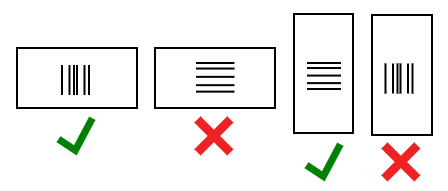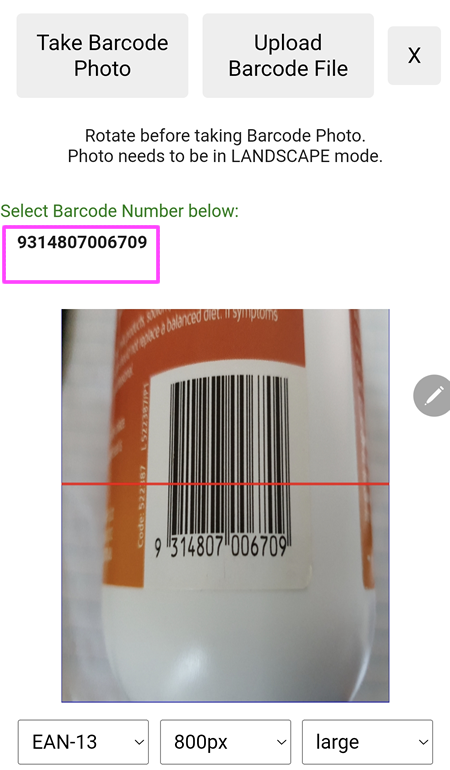International Article Number
Product codes provides unique identification of a product worldwide, it should be in control of the producers themselves instead of by monopolistic organisations .
Without competition these organisations (e.g. GS1) can act in monopolistic ways e.g. past attempt in USA to charge annual fees on barcodes that were issued based on no annual fees - which thankfully failed.
As a result of the above court case, official GS1 barcodes issued before August 2002 generally have no annual fee and are free from recent GS1 rules e.g. prohibiting reuse of barcodes - basically you are forced to buy. more barcodes since you are not allowed to reuse your barcodes yet GS1 is allowed to resell your barcodes when you stop paying ongoing fees!
Monopolistic problem aside, the current dominate product code (GTIN used by GS1) is based on almost half a century old bar code technology. The lack of digits (maximum of 12 digits for the whole world) and the centralised assignment by only one group created an environment of inefficiencies, high prices and low innovation.
Product Code Ownership
Centralised product code system (e.g. GS1) severely limit innovation to a small group of people (whose interest are in preserving their dominance), crowd-owned product codes promotes massive innovation by enabling everyone to own their product codes.
Crowd-Owned product codes gives the control of product codes back to the producers. It is based on modern technologies (e.g. cryptographic hash and blockchains) increasing flexibility and lowering costs.
Public EAN Blockchain
For an identification system that is controlled by a monopoly, GNIT certainly has a very poor performance:
- Barcodes issued by GS1 cannot be found in its own database
- Same GNIT links to DIFFERENT products
We would like to built up an independent publicly owned EAN system by allowing anyone to contribute to an up-to-date global blockchain based record of active EAN product codes using 88.io's progressive data enhancement system.
Multiple Use EAN
Unlike many GNIT barcode resellers, 88.io is not about reselling pre-2002 barcodes, we are about using pre-2002 barcodes in innovative ways.
Currently 88.io has the following pre-2002 barcodes contributed to our EAN Blockchain:
- 93 27029 00000 to 93 27029 99999
Although the initial contributed numbers are small, the multi-use nature of contributed barcodes means they are sufficient for a number of innovative trade services to be developed. For example, EANs do NOT need to be manufacturer based anymore:
-
A range of these EANs can be location specific (the EANs have different meaning in different shops). Retail shops can now offer "own brand" products in their shops rapidly knowing that these barcodes will not clash with other barcodes in their shops.
-
A range of these EANs can be global virtual products (the EANs are displayed by the buyer on buyer's mobile phone during checkout for the shop to scan). Buyers can now purchase virtual products (e.g. online music cards, prepaid charge cards etc.) at any shop worldwide and any retail shop can now sell virtual products without needing to keep stock or take up valuable retail space. Again, these EANs are guaranteed not to clash with other barcodes in the shops.
-
Activity Log
-
Siver Coin top up.
-
Identity confirmation

